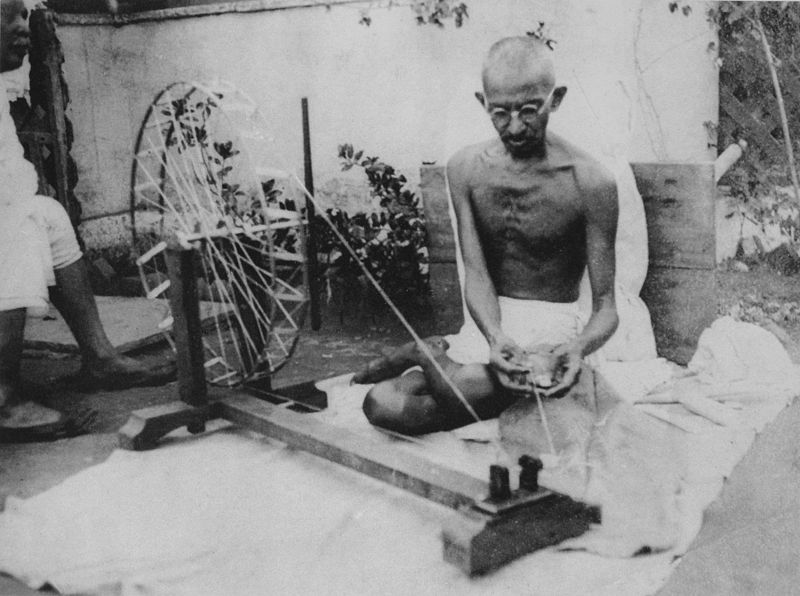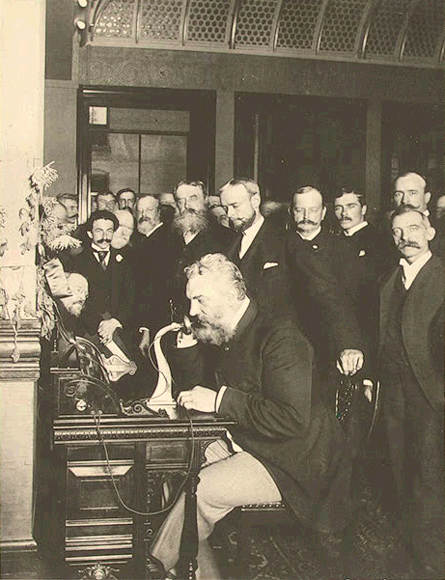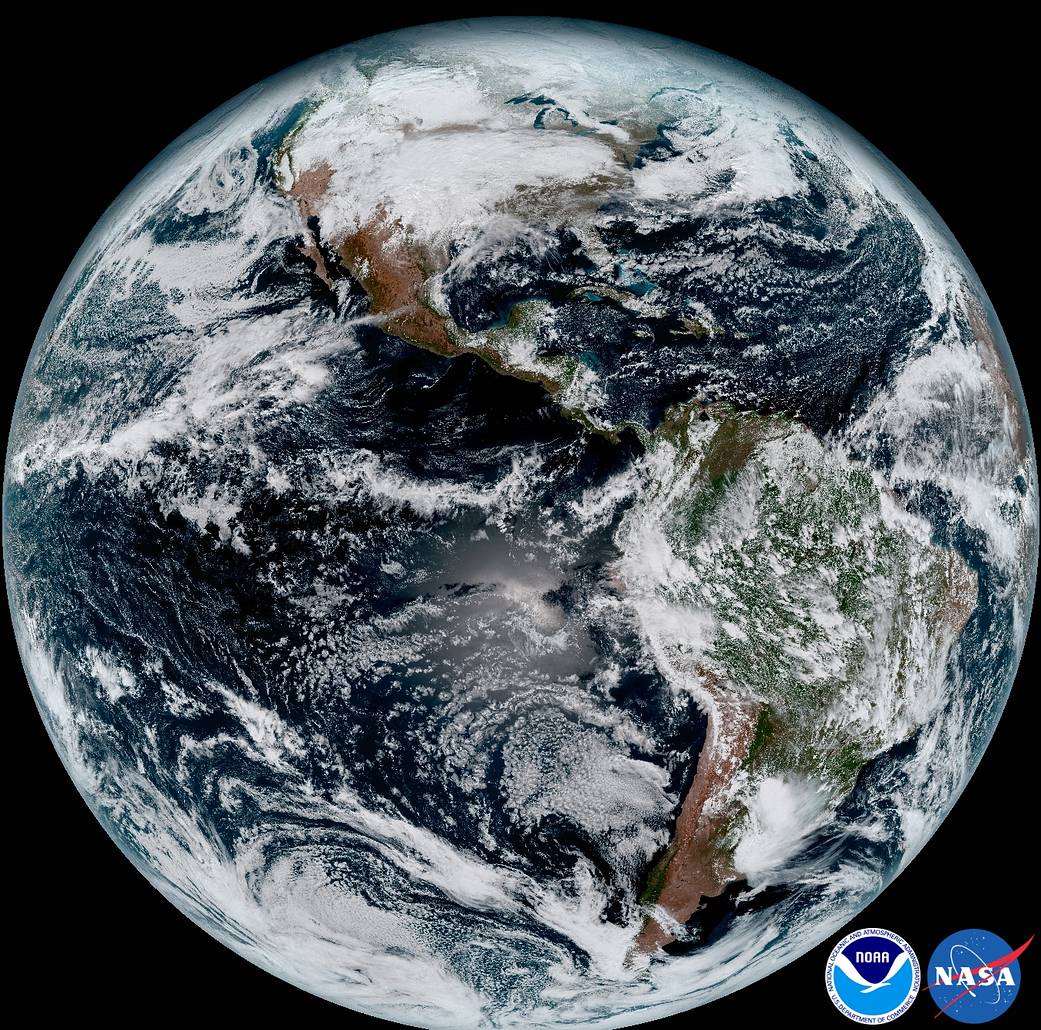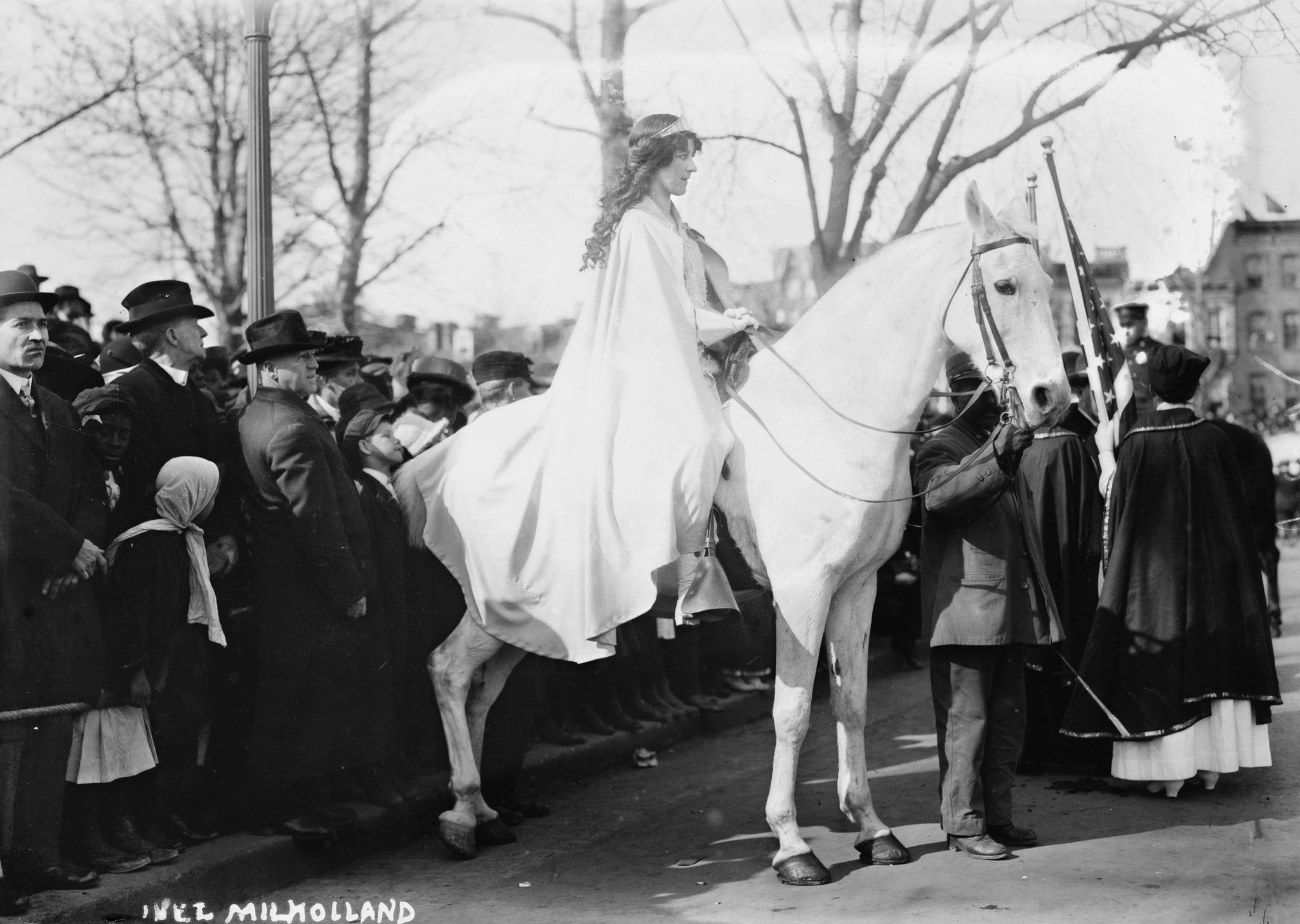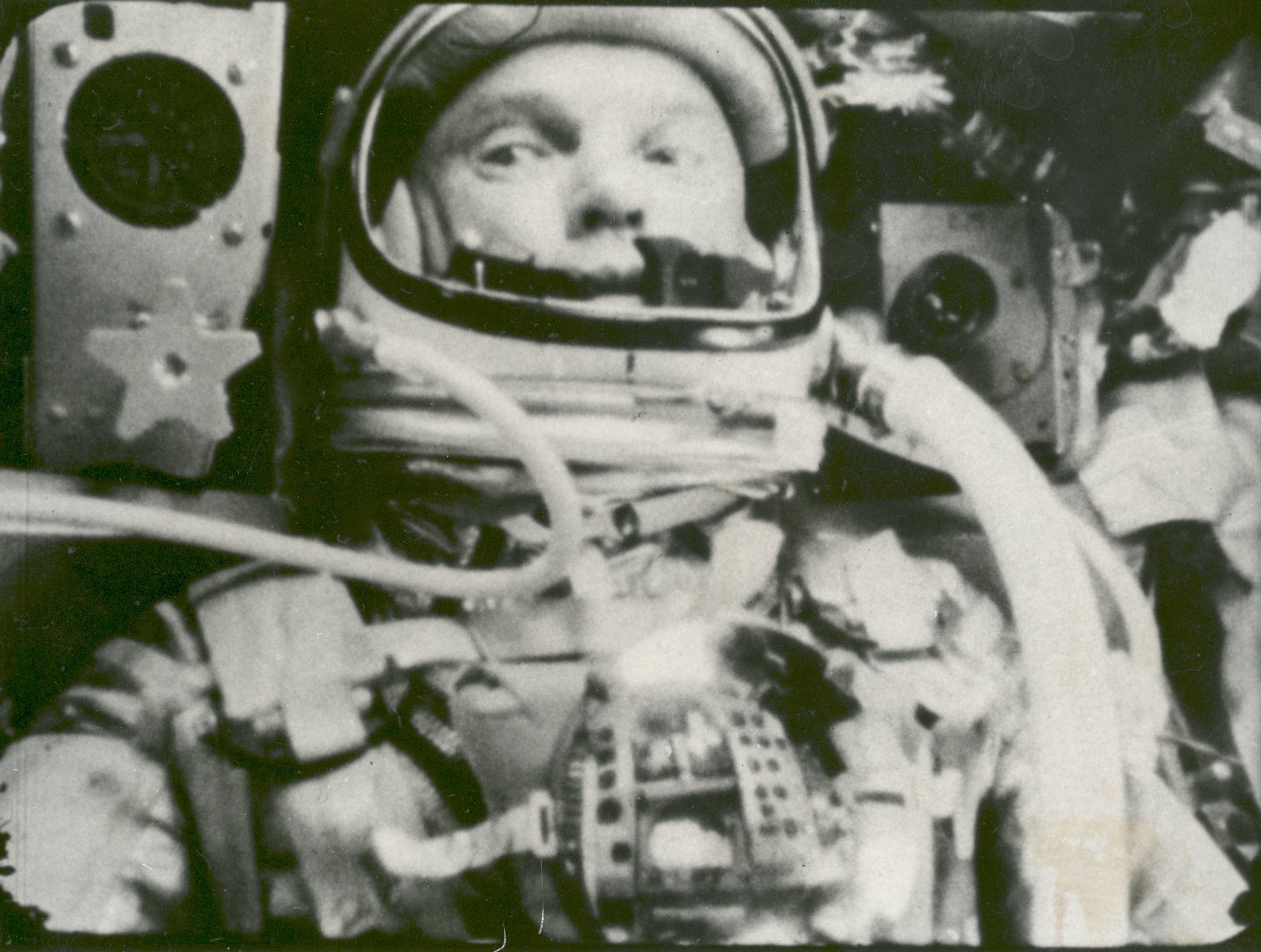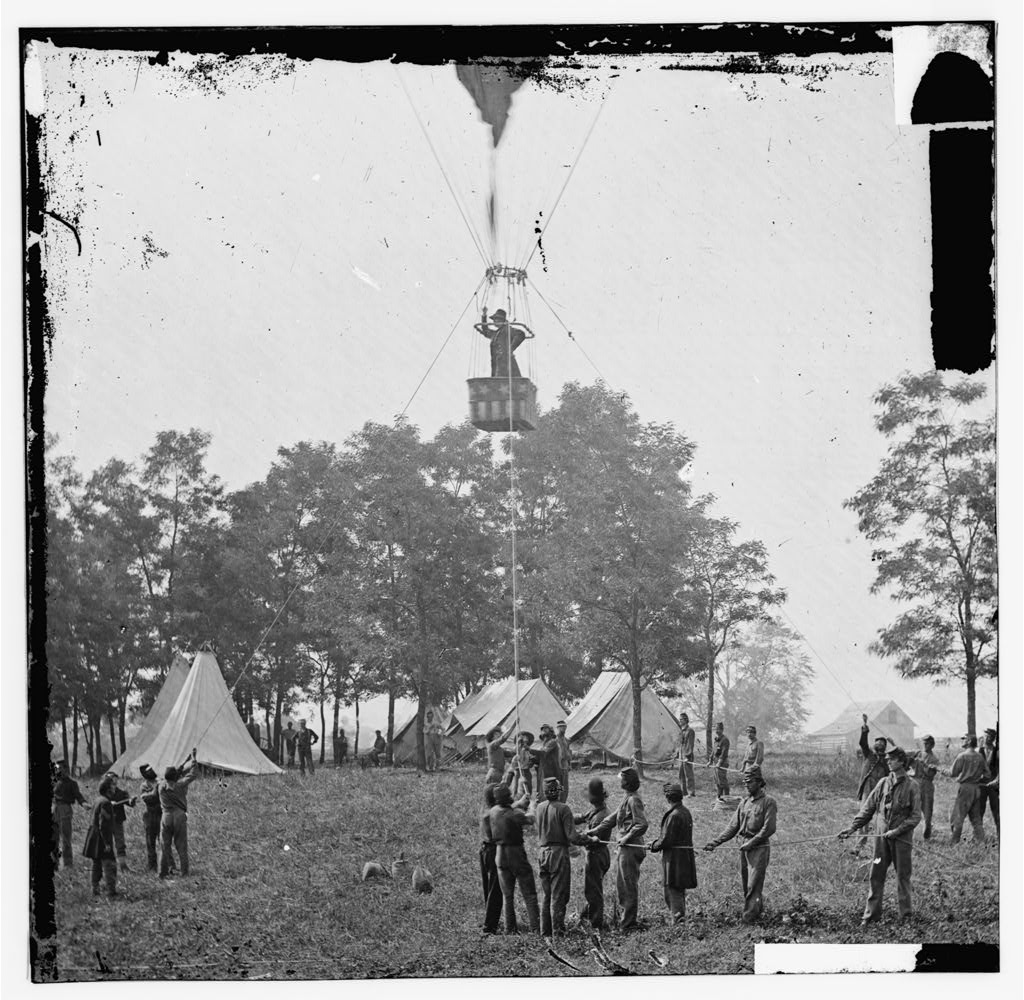
Figure 1 – Thadeus Lowe ascending in the Intrepid to observe the Battle of Fair Oaks (VA), May 31, 1862. From the US LOC and in the public domain.
It was a surreal weekend here in the United States as White House Press Secretary, Sean Spicer and the White House declaring the fact that there is no way to accurately estimate crowds from photographs, and the fact that the crowds at the Trump Inauguration were the biggest ever.
“This was the largest audience to ever witness an inauguration — period — both in person and around the globe.”
As he stormed out, one reporter did ask how he knew this, if there was no way to measure it?
But this fact/alternative fact universe is not my subject here. What I am here concerned about is that the validity of photography or more accurately of photometry has been threatened. Photography, already under threat because of the incipient demise of film, has been challenged! Someone must come to its defense.
So can you estimate crowd size from photographs? The answer is yes, absolutely, of course you can. Indeed, we have been using such aerial reconnaissance since the American Civil war to estimate troop concentrations. And the key point, or the key word here, is estimate. Any such estimation is just that an estimate. It offers a level of uncertainty. The more controlled the measurement the more certain of the number you are. Meaning equivalent camera position … In the olden days, we scientists used to do numerical integration by taking pictures and then weighing the filled parts and the unfilled parts. There is nothing genius there. To get to an absolute number, not just which is bigger [now termed “more bigly”], you need to perform some kind of calibration, you know like have a bunch of people stand on a lawn. And with such crowd estimation the information can be “backed up” with, for instance, subway ridership.
And back to the “which is bigger” question, I refer you to the New York Times [now referred to as the Evil Empire]. I mean, people, it’s obvious. You can trust both the photograph and your eyes. And more importantly, in the present case particularly, who really cares? It’s not important! It’s like worrying about the size of someone’s hands or other body parts.
Where the subject gets really interesting is when you ask the arguably more interesting question whether there is a better way. And the answer to that is, probably yes. It takes us, once again, into the world of the singularity. A recent scientific paper in the Open Journal of the Royal Society demonstrates that crowd size can be estimated pretty accurately by monitoring cell phone activity. While it may introduce an economic bias towards people with smart phones, it is a more accurate approach than simple photometry. And, needless-to-say, the best way to achieve an accurate estimate is to use multiple techniques simultaneously. If your goal is to get an accurate measurement it can be done. Somehow, I suspect that accuracy is not the issue here. No matter how accurate, you can always deny it and weave (Oh no! I’m going to say it.) an alternative truth.*
It strikes me that we have a curious tautology here. An “alternative truth” is, in fact, a lie. But an “alternative lie” is still a lie.
